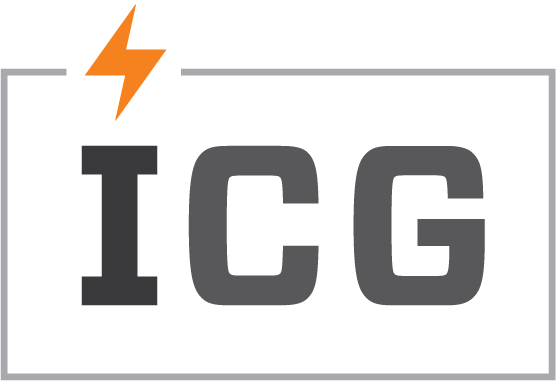16 August, 2021
ICG’s July webinar focused on answering the question, “What are the costs to replace your ERP application?” You can view the full recording and slide deck by visiting ICG’s Resource Materials page. Or, we’ve recapped the webinar here:
There is often a watershed moment that prompts replacement of the ERP. Examples may include new executive hires, acquisitions and mergers, and attrition of old staff that knew the current system. But it’s important to keep in mind potential disruptions to the business and understand how to quantify those disruptions.
First, it is critical to understand WHY replacing your ERP makes the most sense. In some cases, not replacing is in fact the better option.
Questions to ask include:
.
Does your ERP meet the current needs of the business?
Does the vendor plan to sunset the ERP?
Do vendor updates still support the current platform technology?
.
No software lasts forever. Nothing does. Many legacy ERPs have been around for quite a long time and are functioning well, but there are still some considerations for replacement.
Replacement considerations include:
.
Long-term plans for support and enhancement
Increased functionality in needed areas
Ability to retire custom/3rd-party applications
Opportunity to re-engineer business processes.
.
You will also want to ensure you are not losing functionality that your current ERP has. Also, keep an eye out for features that benefit your users.
User benefits include:
.
A modern and efficient UI
Dynamic searching & dynamic presentation of data
Key Performance Indicators (KPIs)
.
It’s tempting to try to quantify ERP implementation costs by only considering the cost of the software. However, there are many other factors that influence total cost and it’s important to understand those costs, as well.
Factors that influence total cost include:
.
Platform – the overall IT infrastructure, that includes local storage and disaster recovery
Facility – limited access, air is temperature controlled, redundant power, etc.
Third Party Consulting – training, data mapping, data definition, data migration, business process & logic decisions, integrations, personalization required for the business, and piloting the system
Employee Involvement – internally resourced project manager (in addition to vendor resources), and staff time of key employees (the ones who you can least afford away from their jobs are most needed in the implementation), and possible detrimental effects of change management on long-tenured users (change is hard, and employees may leave)
Disruption – to both internal users and external vendors and customers
Complexity of Implementation – how many modules are being implemented at once? If multiple business sites, are you implementing all at once or site by site?
.
All the above will be determined by how prepared the business is for the change (this could be the difference between a months-long implementation vs. years-long). The new ERP also can’t be seen as a “management system” or an “IT system”. It’s critical that users see it as “their system”.
ICG can perform an ERP gap analysis to determine the goals and needs of the business and can guide an informed decision about whether to keep, replace, or upgrade the ERP.
